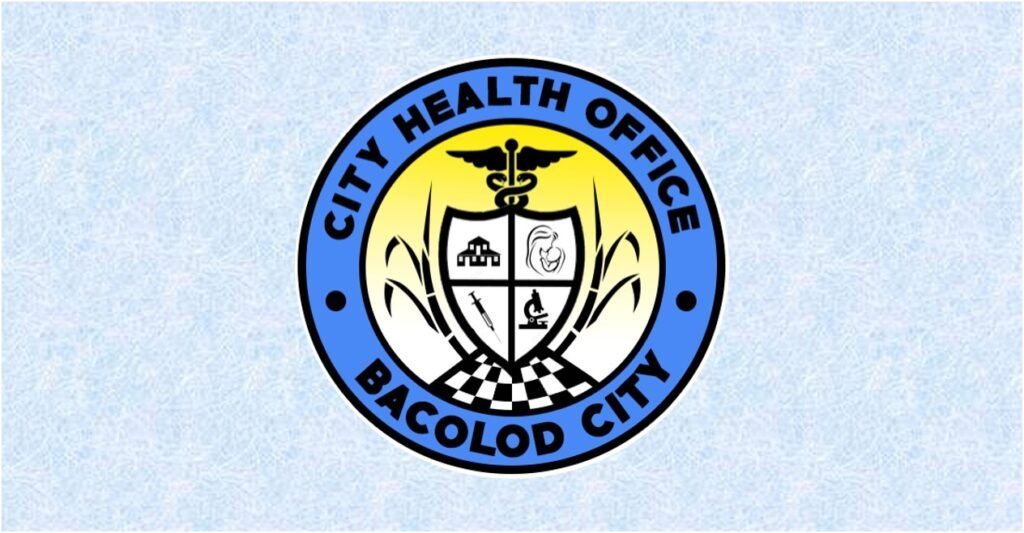- CHERYL G. CRUZ
The confirmed cholera cases in Bacolod increased to 21, with 307 Acute Gastroenteritis (AGE), from Sept. 1 to Nov. 11, the City Health Office said Tuesday, Nov. 15.
The AGE related deaths remained at 10 and zero cholera fatality, the CHO added.
Barangay Mansilingan logged 35 AGE cases, Banago – 24, Tangub and Singcang-Airport with 19 cases each, Mandalagan – 17, Sum-ag and Taculing with 15 cases each, Villamonte – 14, Vista Alegre – 13, and Bata and Alijis with 12 cases each.
The Bacolod City Epidemiology and Surveillance Unit collected 54 water samples as part of its surveillance activity, and sent these to the Research Institute for Tropical Medicine, and 13 samples or 24 percent yielded aeromonas species and one sample or 2.17 percent found with vibrio cholera, CHO head, Dr. Ma. Carmela Gensoli, said in the report.

Samples were also recently collected from water sources in barangays Villamonte, Taculing, 1, and 18, the CHO said, adding that its personnel continue to monitor food and water refilling stations.
Surveillance and epidemiologic investigation were also conducted following an alleged clustering of acute gastroenteritis in Barangay Mandalagan, with eight AGE cases recorded on Nov. 11, Dr. Grace Tan, head of the CHO Environmental Sanitation Division, said.
“On Nov. 14, rectal swabs were done on two patients who had the most recent onset of illness, and water samples also collected for rapid testing for total coli/e.coli and for confirmatory bacteriologic/virologic organisms,” Tan said.
Patients with gastroenteritis symptoms should be treated basing on the history even before laboratory results are in, she said and she urged those with diarrhea to go to the nearest health facility or center.
Tan said everyone should practice personal hygiene and environmental sanitation.
There should be proper garbage management, and human wastes disposed of properly in sealed septic vaults, the CHO said.
Water sources, pipes, or lines should be protected. “Bathing and laundry within the 25-meter radius from a water source are discouraged, and water lines should not be allowed to ditch in drainage.”/CGC




